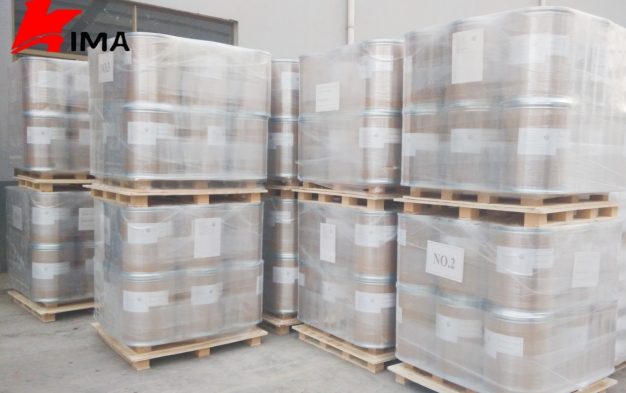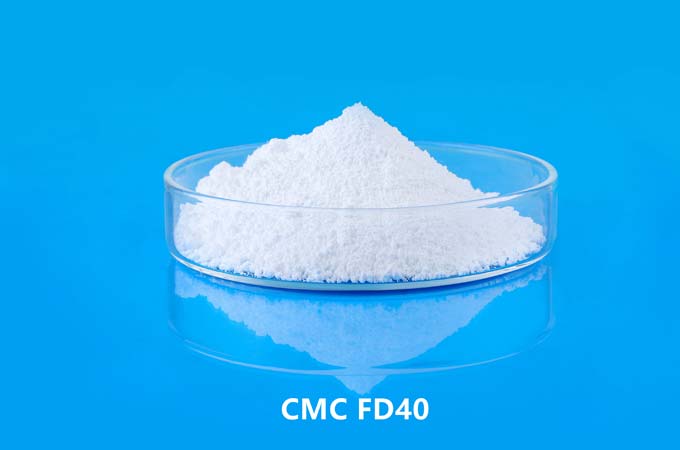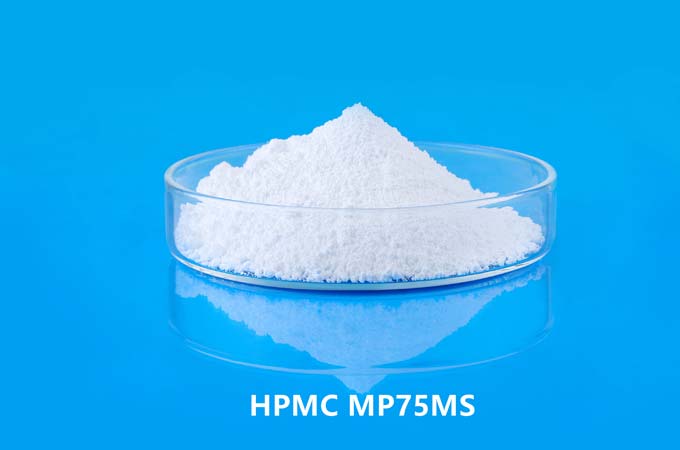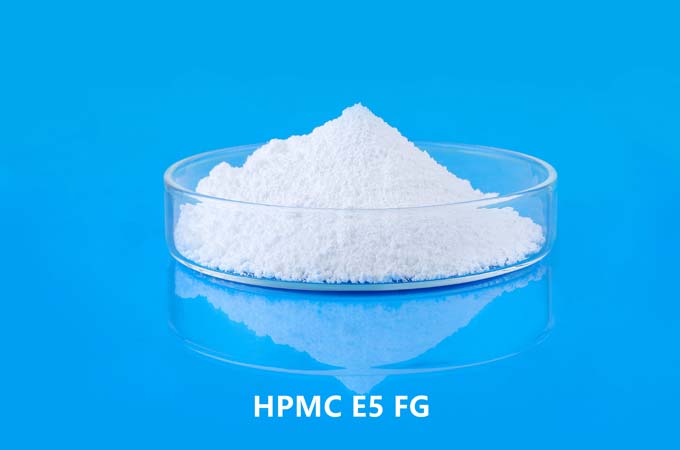HPMC Manufacturer | Hydroxypropyl Methylcellulose Supplier
Introduction
As the leading HPMC manufacturers and HPMC suppliers in the world, Kima Chemical stands out for its commitment to HPMC quality, innovation, and customer satisfaction.Hydroxypropyl Methylcellulose (HPMC) has emerged as one of the most versatile and widely used cellulose ethers in various industrial sectors. From construction and pharmaceuticals to food and cosmetics, HPMC provides critical functionality due to its unique chemical properties.
KimaCell® provides a comprehensive overview of HPMC, its uses, manufacturing process, quality control standards, and why Kima Chemical is regarded as a premier HPMC supplier in the global market.

Chapter 1: What Is HPMC?
1.1 Definition
Hydroxypropyl Methylcellulose (HPMC), also known as hypromellose, is a semi-synthetic, inert, viscoelastic polymer. It is derived from natural cellulose and chemically modified to create a multifunctional compound used in various applications.
1.2 Chemical Composition
HPMC is made by reacting cellulose with methyl chloride and propylene oxide, replacing some of the hydroxyl groups in the cellulose molecule with methoxy and hydroxypropyl groups. These modifications enhance its solubility, thermal stability, and film-forming abilities.
1.3 Properties
Solubility: Soluble in cold water
Viscosity: Ranges from low to high depending on molecular weight
pH Stability: Stable across a pH range of 3–11
Non-toxic: Safe for pharmaceutical and food use
Thermal Gelation: Forms gels upon heating
Chapter 2: Applications of HPMC
2.1 Construction Industry
HPMC is extensively used in construction due to its water retention and thickening properties. Common applications include:
Tile adhesives
Cement-based mortars
Self-leveling compounds
Plasters
Gypsum-based products
2.2 Pharmaceuticals
In the pharmaceutical industry, HPMC is used as:
2.3 Food Industry
As a food additive, HPMC serves as:
2.4 Cosmetics and Personal Care
2.5 Paints and Coatings
Chapter 3: HPMC Grades and Specifications
3.1 Viscosity Grades
HPMC is available in a wide range of viscosities, from 5 mPa·s to over 100,000 mPa·s. The choice depends on the intended application.
3.2 Substitution Type
The ratio of methoxy to hydroxypropyl groups affects the polymer’s properties:
3.3 Surface Treated vs. Non-Surface Treated
Chapter 4: The Manufacturing Process of HPMC
4.1 Raw Material Selection
Cellulose extracted from wood pulp or cotton linters forms the base. Only high-purity cellulose ensures quality output.
4.2 Alkalization
The cellulose is treated with a sodium hydroxide solution, forming alkali cellulose, which is more reactive.
4.3 Etherification
This step involves the reaction with methyl chloride and propylene oxide. The result is hydroxypropyl methylcellulose ether.
4.4 Washing and Neutralization
The product is washed to remove residual chemicals and salts. Neutralization ensures the final product is non-toxic and meets purity standards.
4.5 Drying and Milling
The final HPMC product is dried and ground into a fine powder, ensuring consistency and flowability.
Chapter 5: Kima Chemical – Company Overview
5.1 Who Is Kima Chemical?
Founded with a vision to lead in cellulose ether production, Kima Chemical Co., Ltd. is a China-based chemical company specializing in the R&D, manufacturing, and global distribution of Hydroxypropyl Methylcellulose.
5.2 Mission and Values
Kima Chemical operates on principles of:
Chapter 6: Kima Chemical’s HPMC Products
6.1 Product Series
Kima Chemical offers various HPMC grades under proprietary series such as:
6.2 Customization
Customers can request:
Specific viscosity ranges
Tailored substitution ratios
Surface-treated or non-treated grades
Chapter 7: Quality Control and Certifications
7.1 ISO and GMP Standards
Kima’s manufacturing facilities are certified with:
ISO 9001 (Quality Management)
ISO 14001 (Environmental Management)
GMP Certification for pharma applications
7.2 Testing and Compliance
In-house labs conduct tests for:
Viscosity
Moisture content
Ash content
pH
Microbial contamination
Chapter 8: Supply Chain and Global Distribution
8.1 Production Capacity
Kima Chemical boasts:
8.2 Global Reach
Products are exported to:
Europe
North and South America
Southeast Asia
Middle East and Africa
8.3 Logistics and Packaging
Customized packaging options (25kg bags, jumbo bags)
Efficient logistics support for international shipping
Chapter 9: Why Choose Kima Chemical?
9.1 Competitive Pricing
Thanks to economies of scale and optimized production, Kima offers:
9.2 Technical Support
Kima provides:
9.3 Innovation
Ongoing investment in R&D ensures:
Chapter 10: Case Studies and Client Testimonials
10.1 Construction TILE ADHESIVE Company
A leading construction firm improved the workability and adhesion of their tile adhesives using KIMACELL® MH50000. The outcome was reduced sagging and increased open time.
10.2 Pharmaceutical Manufacturer
KIMACELL® HPMC E5 was used for controlled-release tablets, delivering consistent performance and ease of compression.
10.3 Food Manufacturer
KIMACELL® FG replaced gelatin in several dessert products, enabling a vegan-friendly formulation without compromising texture.
Chapter 11: Environmental and Regulatory Compliance
11.1 Sustainable Practices
Kima integrates:
11.2 Regulatory Adherence
Products comply with:
Chapter 12: Future Outlook
12.1 Market Trends
Rising demand in green construction
Growth in vegan/vegetarian supplements
Clean-label food ingredients
12.2 R&D Initiatives
Kima is exploring:
.png)
HPMC has become indispensable across industries, and Kima Chemical has proven itself as a global leader in the field. With a focus on quality, customization, and customer service, Kima delivers reliable and effective HPMC solutions to meet evolving market demands.
Whether you’re formulating construction materials, developing new pharmaceutical dosage forms, or creating innovative food products, partnering with Kima Chemical means partnering with excellence.
 English
English 日本語
日本語 français
français Deutsch
Deutsch Español
Español italiano
italiano русский
русский português
português العربية
العربية Türkçe
Türkçe Nederland
Nederland

.png)



